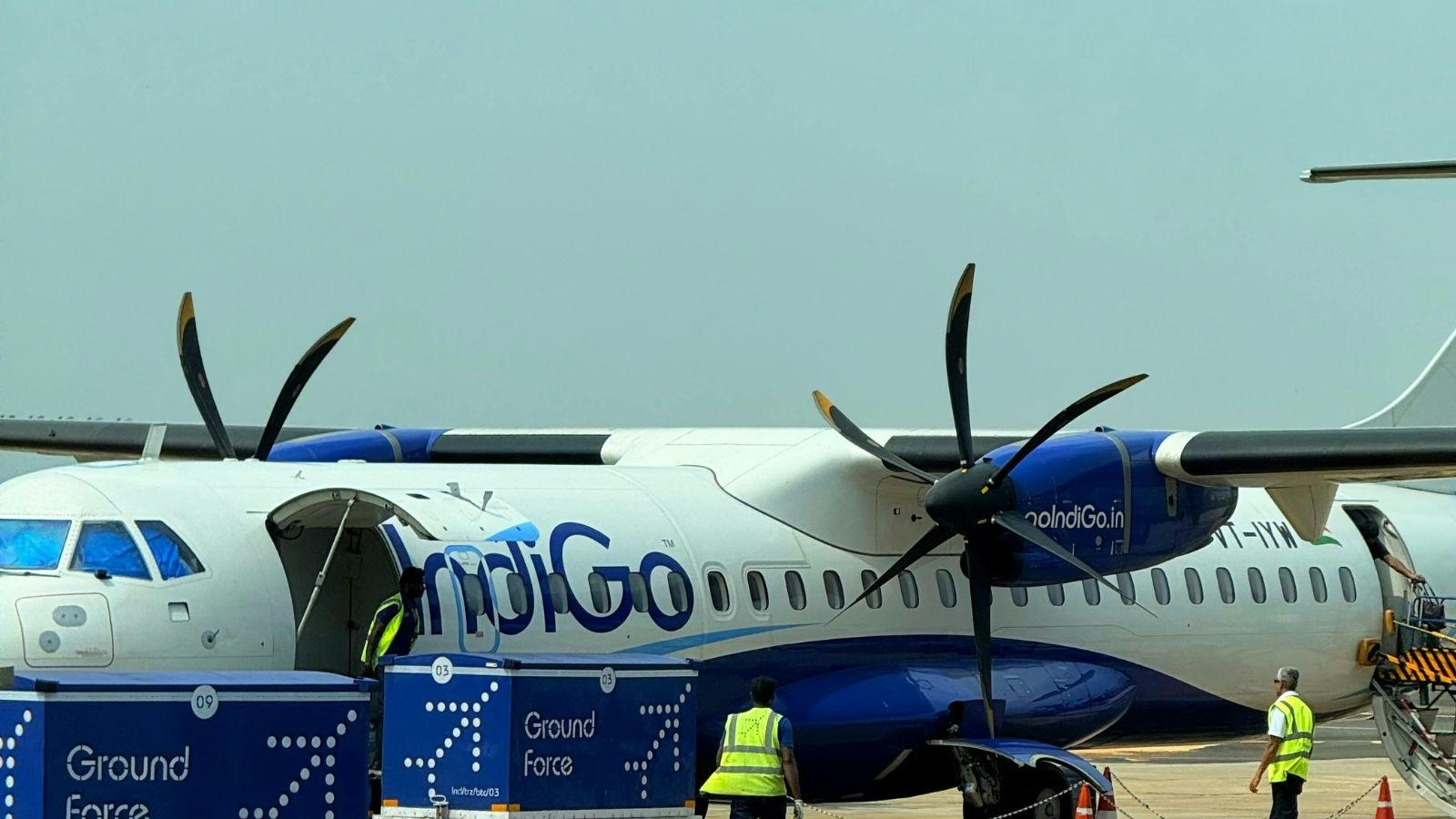
AeroGenie: il tuo copilota intelligente.
Tendenze
Categories
NTSB: Engine Malfunction Caused Small Plane Crash Near Denver, Killing Two

Engine Malfunction Identified as Cause of Fatal Small Plane Crash Near Denver
A preliminary report from the National Transportation Safety Board (NTSB) has determined that a mid-air engine malfunction was responsible for the crash of a small plane near Denver earlier this month, which resulted in the deaths of both pilots. The accident occurred on September 5 near Centennial Airport in Englewood, Colorado, and has sparked renewed attention to aircraft maintenance and safety protocols within the aviation sector.
Details of the Incident
The aircraft involved was a Beech BE35, engaged in a training flight. One of the pilots, preparing to purchase the model, had requested an early morning session. The flight commenced around 5:45 a.m., during which the pilots successfully completed several landings within the designated traffic pattern. However, less than an hour into the flight, witnesses reported that the engine abruptly ceased operating as the plane passed overhead.
Following the engine failure, the aircraft deviated from its intended flight path, descended rapidly, and collided with several concrete pole barriers before coming to rest near a diesel-powered generator. The plane was quickly engulfed in flames, with the fire threatening a nearby building until emergency responders arrived. Both pilots, identified as Perry “Matt” Feeney and Lee “Rob” Hill, both Colorado natives, perished in the crash.
Initial reports described the incident as an explosion, likely due to the proximity of the generator. Witnesses within a two-mile radius recounted hearing the engine cut out and observing the plane bank sharply before its rapid descent. Notably, no distress call was issued by either pilot prior to the impact. Air traffic control recordings confirm that the plane had been cleared for takeoff shortly before the accident.
Implications and Ongoing Investigation
The NTSB’s preliminary findings highlight the engine malfunction as the primary cause of the crash, raising concerns about the reliability of the aircraft’s engine and the adequacy of existing maintenance procedures. The Federal Aviation Administration (FAA) is actively participating in the ongoing investigation.
Industry experts suggest that incidents of this nature often prompt intensified scrutiny of maintenance records and safety protocols, potentially influencing market dynamics. There is apprehension that increased safety concerns may temporarily affect small aircraft sales, while competitors might respond by enhancing safety training and tightening maintenance schedules.
As the investigation proceeds, the aviation community anticipates possible regulatory adjustments and a heightened emphasis on engine reliability and pilot training standards. Although final conclusions from the NTSB and FAA have yet to be released, the crash has already intensified discussions regarding broader safety measures in general aviation.

Global Aerospace Accumulator Market Expected to Reach $3.8 Billion by 2035

DGCA Updates Regulations on Wet and Damp Leasing of Aircraft

Kazakhstan Acquires eVTOL Aircraft to Launch Air Taxi Service in Alatau

Tinci Materials to Supply Electrolytes to Zhongchuang Innovation Aviation

Tinci Materials Technology to Supply Electrolytes to Zhongchuang Innovation Aviation

Satair and GAMECO Sign New Airbus Material Support Agreement

Royal Aero Acquires Two Boeing 777-300ER Aircraft

Somon Air Orders Up to 14 Boeing Jets, Including Four 787-9s

Emirates Group Reports Record Half-Year Profit
